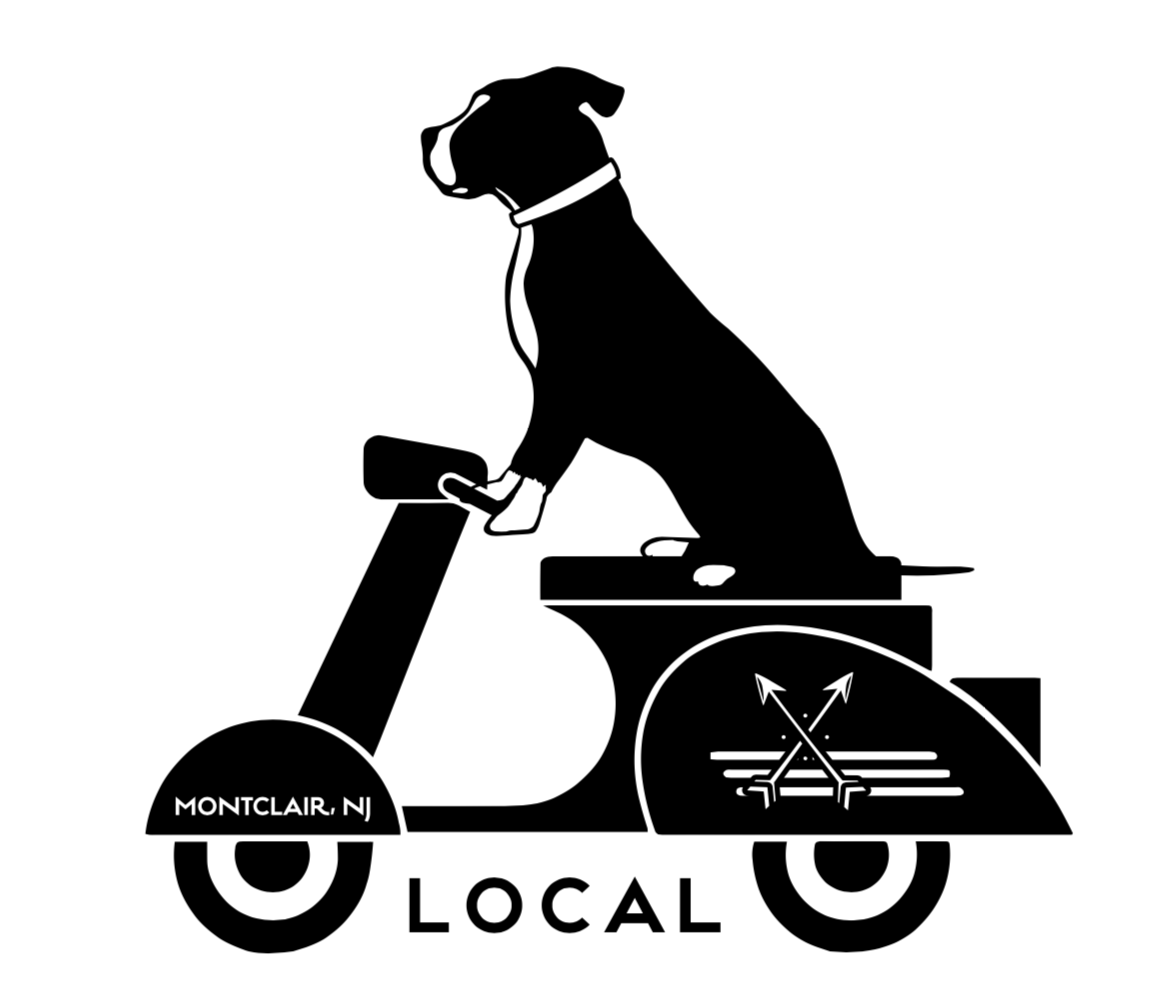Eric, we met a year ago while sitting on a panel at Montclair Design Week. How time flies! What have you been up to this past year?
I had the privilege of putting on a large solo show of my work in Jersey City. It was up from early July to the end of October. We had a great turnout at the reception, and many others came by during the run. My best friend and roommate from college, a professional photojournalist, even flew over from London. That was an honor, and we had a ton of fun. He said he wanted a great cheeseburger, and I found him one. I won’t say where, because, in my job, I don’t want to offend anybody or give anyone something to crow about unless it’s a finished piece of work in the magazine.
You are Deputy Editor/Dining Editor of New Jersey Monthly. How has this relationship with the Garden State influenced your photography work?
I am often on the road. I try to get all around the state during the course of the year. Wherever I go, my antennae are always out, looking for things in the ordinary, everyday world that stop me in my tracks. They stop me because they don’t seem ordinary to me at all. I often say that things that seem inanimate to others don’t seem inanimate to me.
You have self-published several books of your photography. How did you arrive at the point when you knew you were ready to publicly share your photography story?
When I discovered how good the blurb.com interface was, and that the paper and printing quality were quite good, I was off and running. I have a large body of work—in digital, going back to 2002, and on film going back to the ‘70s and ‘80s on Kodachrome.
At what age did you begin your craft and what was the initial driver for you to consider photography as a path?
I began by taking a course in black-and-white photography as a freshman at Boston University in the fall of 1967. Yes, I am that old. I learned by using a hand-held light meter and adjusting shutter speeds and apertures manually. A great grounding. I also learned to develop black-and-white film and to print in a darkroom, often staying up all night blasting the Beatles and Clapton and Coltrane. I still have the passion, for music and photography, but my heart has always been with color. As for stamina…I gave up all-nighters some time ago.
Of the current collection of images @ Local, which one brings you back for re-interpretation?
I’m not sure what you mean by that. All the pictures at Local are ones I feel good about, but they all represent a distinct moment in time and space, and if I came across those same things again, I would probably walk right by them if the light was dull. The light is always the key thing.
Photography is an evolution, personal development as well as technology and equipment. Do you like where we are today and where photography is going or do you prefer a past time with arguably simpler options?
I’m glad I learned the basics with film, and a lot of great artists I admire still shoot film. But I for one would never go back. Digital does everything so well. I have a Canon digital SLR, but honestly, the iPhone has gotten so insanely good that it is now my daily camera. I got the iPhone 11Pro Max in September, and it is ridiculously good, opens with a single swipe, is sharp, with true color and now even includes geometrical as well as light and color corrections right in the phone.
I would like to name a few of my favorite photographers. For color, no one has been more influential in getting the art world to take color seriously—and no one has been more inspiring and awesome to me than William Eggleston. He is world famous, and there is no one like him. His pictures are quiet, calm, simple yet unsettling and resistant to explanation. Also deeply beautiful. Check him out!
In black-and-white my top-line heroes are Lee Friedlander, another world-famous artist, and John Gossage, ditto but less well known to the general public. Both guys have the genius of imbedding pictures with some insinuating energy (and humor) that is hard to pinpoint but is always more than the sum of its parts.
What's next on your journey? Is there a project you are working on or working towards?
This winter I would like to make a book of my recent solo show, which was called Vehicular. I define the term broadly. It includes everything from a rainwater-filled wheelbarrow to an overturned canoe to a beach guard’s skateboard to bulldozers, haywagons, people on a cruise ship and people standing around waiting way too long for an elevator. You can see their impatience in their body language.
What's your favorite coffee or tea beverage?
I am a cold brew devotee. I make it at home by the pitcher. But I also love a good double espresso.
Follow Eric on Instagram @ericlevin
















